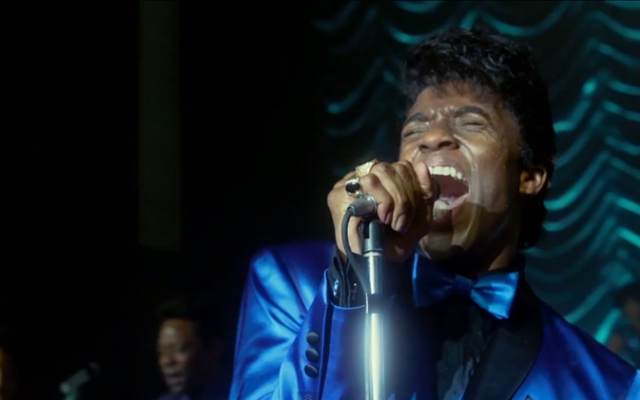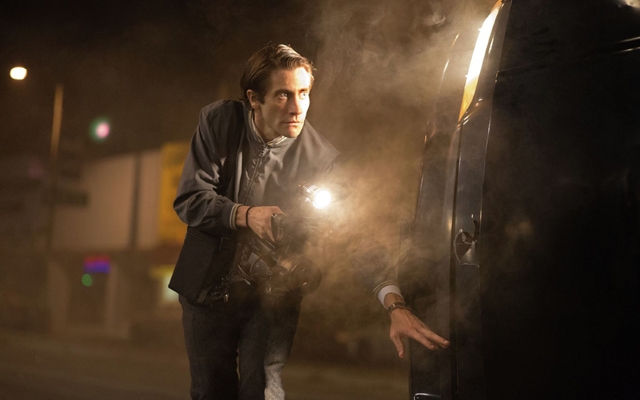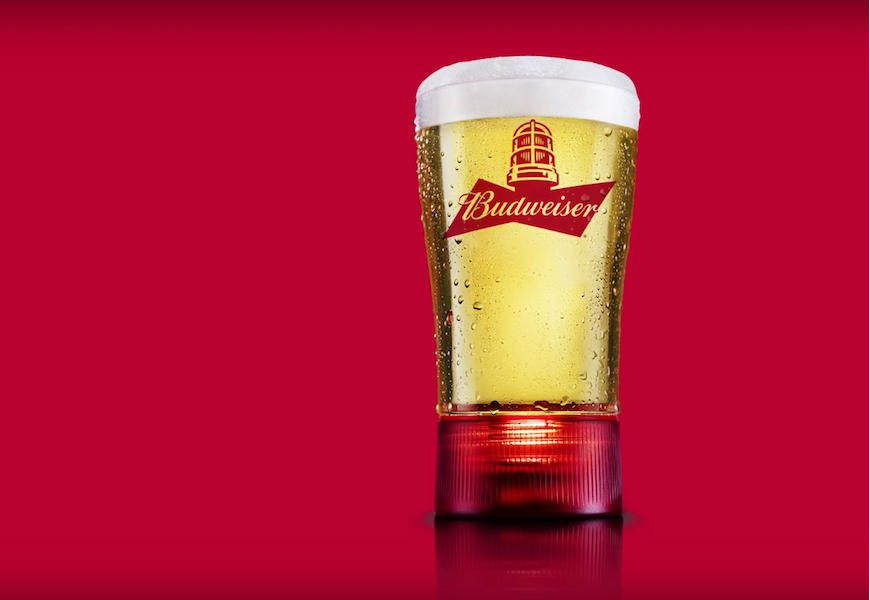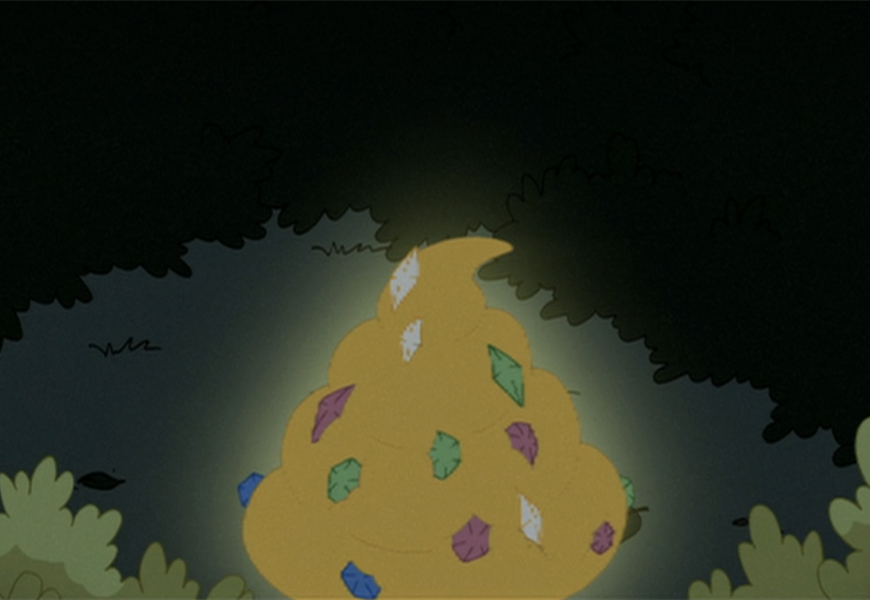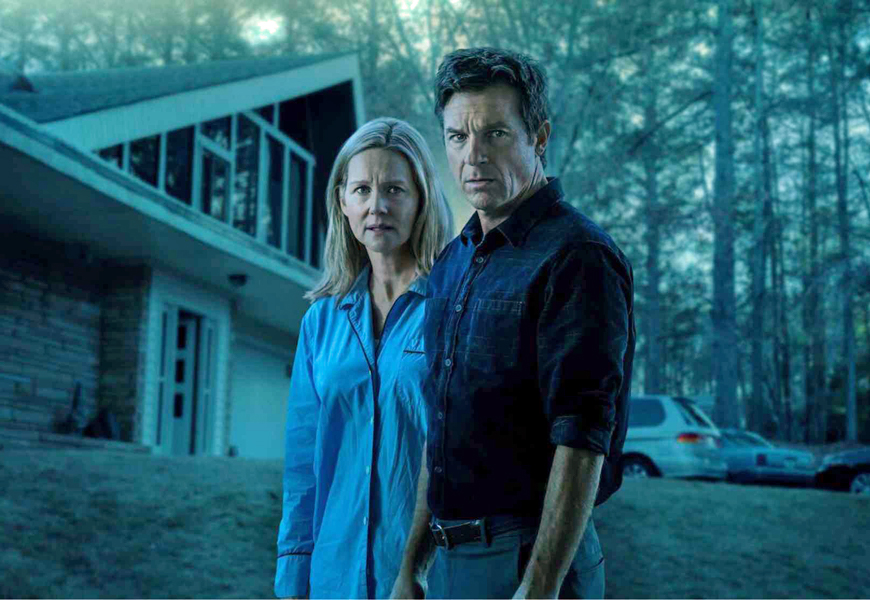Get on Up feels destined to go down as one of those movies that was good, but probably could have been great if approached from a different direction.
The film, from writers Jez and John-Henry Butterworth (Edge of Tomorrow) and director Tate Taylor (The Help), is, according to its IMDB page, “A chronicle of James Brown’s rise from extreme poverty to become one of the most influential musicians in history.”
While it does indeed usher audiences from Brown’s impoverished roots in Augusta, Georgia to a performance at The Omni in Atlanta in the early ’90s, the timeline is anything but chronological, and that’s one of the issues with the film. Over the first quarter of the 138-minute movie, it jumps decades several different times—beginning in the late ’80s before cutting to childhood James in the wood, then forward to 1968, back to the woods and forward again.
The intention (I think) is to give you several different glimpses into the man that will be front and center throughout and provide you with an early look at the complex character that he was, but it plays like a handful of memorable moments being stuffed into the film because “We can’t have a James Brown movie without this scene!” Except they absolutely could have.
My other issue with this film are the different occasions where Brown, played by Chadwick Boseman (42), breaks the fourth wall. I don’t have a problem with characters speaking directly to the audience – I think it works exceptionally well in some instances (see High Fidelity) and is passable in others (see House of Cards), but here, again, it feels like the filmmakers couldn’t figure out how to get what they wanted to say across, so Boseman got to look in the camera and tell everyone what James Brown was thinking and what made him do what he just did.
I know in my first review I said that I wasn’t going to recap scenes or large portions of the movies I’m talking about and I’m going to try to stick to that, but there is a scene in this film that honestly feels like it was put there simply to remind everyone that at that time (mid-to-late 1960s) there were white people that didn’t want to be around black people, but they’d dance to the funky music they made.
Either leave the scene out or spend more time dealing with the issue – don’t just drop a couple minutes in the middle so Allison Janney can drop “The N Word” only to get her groove on 30 seconds later with the band is rehearsing. There were a few other references to the obvious racial tensions and dynamics of the time, but they were passing moments rather than central elements, and so they felt off to me.
While there are elements that didn’t work for me and I think Brown’s life could have been approached from a different angle, there is a lot to like about Get on Up.
Boseman is excellent, bringing Brown back to life on the screen by getting the details right and letting the rest fall where it may. He speaks in Brown’s mumbled cadence, grimaces as he performs, and nails his movements on stage. Though the film uses Brown’s vocals for all the performances, Boseman commits to the routines, straining, sweating, trembling at all the right times. You can read the conflicted feelings he’s experiencing at different moments on his face, much in the same way that you didn’t have to hear every word the late musician sang to feel the power of his music.
Nelsan Ellis (True Blood) shines as Brown’s longtime collaborator and friend Bobby Boyd. There is a scene in the film where Boyd talks about knowing you’re not meant to be at the front of the stage that works on two levels—it’s both fitting in the dynamic between Brown and Boyd, but also between Boseman and Ellis, as the former is the clear star and the standout, but he’s made better by the latter, who thrives in his position as well.
In a different movie, this relationship becomes the central focus and is explored further. As it stands, Get on Up uses a lot of the interactions between the two the stage for exposing the raw parts of Brown—his temper and “my way or no way” approach, his womanizing nature and feelings of abandonment tied to his mother, his egotism. There are many great scenes between the two and they’re a big part of what keeps this movie afloat.
Jill Scott jumps off the screen as Brown’s second wife, DeeDee. She has a presence about her and a light to her that shines through no matter what, even here, where she’s a secondary character in the second half of the film.
It’s also amusing (at least to me) to see Tariq Trotter—better known as Black Thought of The Roots—as Pee Wee Ellis, a member of Brown’s band. I’m so used to seeing him wearing a hat and rocking a mic that I couldn’t help but smirk every time he was on screen, even though he does a very good job with his assignment.
The other thing that keeps this movie afloat is the music itself, as the energy of the performances is an electric shock that jumpstarts the film when it’s starting to fade and stretch on too long. The classic are all here—I Feel Good, Superbad, It’s a Man’s Man’s Man’s World, I Got The Feeling—but the best performance of the entire film is back in The Omni near the end of the film, where Brown delivers “Try Me” to a packed house.
While Get on Up probably won’t lead to a sudden resurgence in Brown’s catalogue appearing on the radio the way Walk the Line did for Johnny Cash, it does serve as a reminder of how many hits the man delivered and that even if you weren’t specifically a “James Brown fan,” you knew his music and felt his influence.
The trouble with biopics is that too often, the filmmakers are trying to cram 50, 60, 70 years worth of life and stories and complexities into a two-hour window. It’s a Herculean task and one that is hard to do really well.
I also think that biopics have become vehicles for trying to attract an Academy Awards nomination and it feels at times that that’s what is happening here. Boseman is surrounded by quality actors whose characters aren’t given much depth, so he measures up well alongside the likes of Viola Davis, Octavia Spencer and Dan Akroyd. If the film had a more narrow scope and/or fleshed out some of those characters more, it could have been even better.
As it stands, Get on Up ends up being like a song that makes the Top 40, but doesn’t come close to topping the charts—you’ll listen when it comes on the radio and know some of the words, but you’re not buying the CD and putting it in heavy rotation. It’s enjoyable, just not as enjoyable as some of the other current hits.
Be on the lookout for a new Regular Dude Movie Review every Monday.

